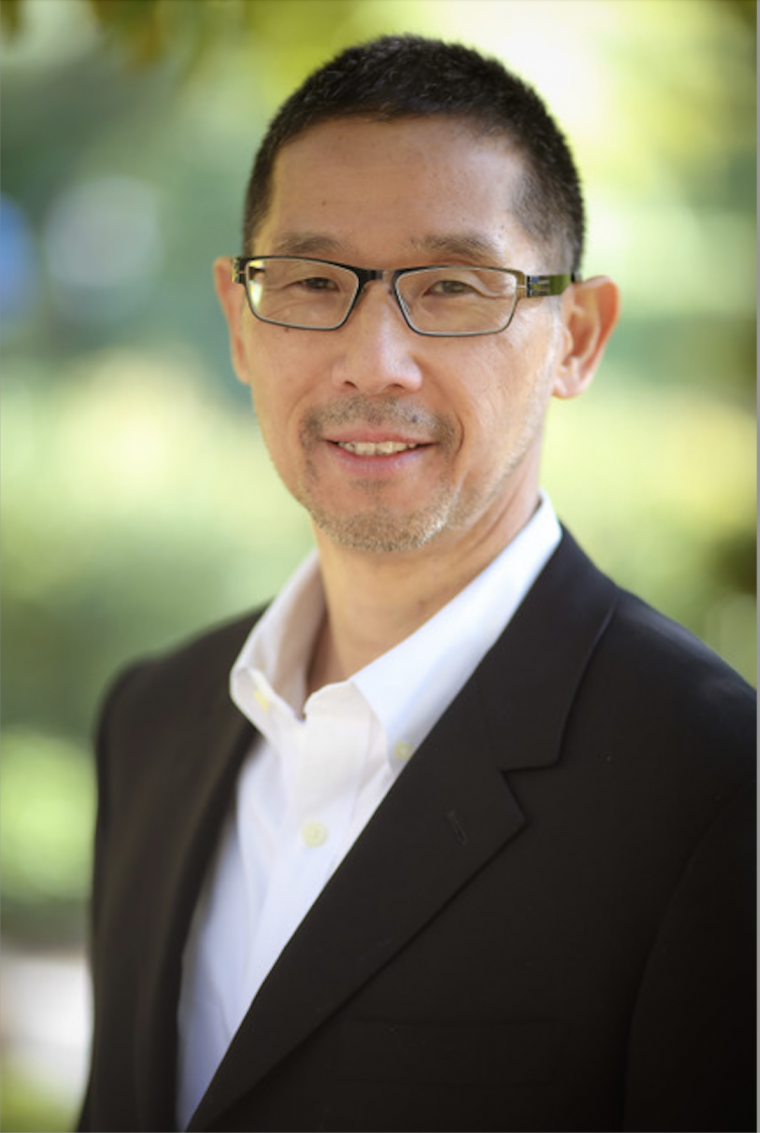Freedom Center Visiting Fellow Sanford Ikeda is a professor emeritus of economics at Purchase College (SUNY) and a Fellow of the Colloquium on Market Institutions and Economic Processes (NYU).
Dr. Sanford Ikeda’s new book, A City Cannot Be a Work of Art: Learning Economics and Social Theory from Jane Jacobs, (Springer Nature, 2024) is a project that is a decade in the making. As part of a two-night Freedom Center Book Manuscript Workshop, he engaged graduate students and faculty in philosophy and economics, sharing his perspective and spurring insightful conversations. In the process, Dr. Ikeda demonstrated that a city’s unique culture and quality of life cannot be prescribed but constantly evolves based on the people there, social networks, and the resulting opportunities to live a fulfilling and prosperous life.
Jane Jacobs was an American-Canadian journalist, author, theorist, and activist who profoundly influenced urban planning and urban studies. Her book The Death and Life of Great American Cities (1961) argued that urban renewal and slum clearance did not respect the needs of city dwellers.[1] Dr. Ikeda is an expert on Jacobs and this subject, and he explained that his research for this project took him beyond a narrow focus on economics, blending it with sociology, anthropology, and urban history to offer new ideas on the value of urban life for societal innovation, connectivity, and prosperity.
The first evening focused on Chapter 3 – A City is Not a Man-Made Thing. This section uncovers and develops Jacobs’s social theory while exploring the tradeoff in planning between designed complexity (a prescriptive approach) and spontaneous complexity (an evolutionary process). Dr. Ikeda framed the discussion by comparing New York, Paris, and Tokyo. He noted that while the first two have grand and beautiful skylines, the heartbeat of their culture is found in the unique streets and neighborhoods where people live, work, and build their lives. He noted for students that while grand-scale development requires a high degree of designed complexity, it is the spontaneous complexity that makes the city authentic, unique, and special.
Dr. Ikeda uses a compelling quote from Jacobs to reinforce this critical point.
“To approach a city, or even a city neighborhood, as if it were a larger architectural problem, capable of being given order by converting it into a disciplined work of art, is to make the mistake of attempting to substitute art for life. The results of such profound confusion between art and life are neither art nor life. They are taxidermy,” she wrote.
Dr. Ikeda builds on this by asking, “How do we then avoid turning the objects of urban design into taxidermy and killing off a city by planning? I think the short answer is that we avoid it by recognizing that there is a tradeoff between the scale and design for a given space on the one hand and the degree of spontaneity, complexity, and intricacy in the resulting social order that the design will accommodate within that space.”
In short, planners must give cities and their residents the freedom and opportunity to create, innovate, evolve, and adapt to an ever-changing world.
The second evening, the discussion turned to Chapter 5 – Social Networks and Action Space in Cities. It builds on Jacobs’s insights into social networks as a cohesive force in cities and incorporates market-process economics, Jacobs Density, and action space.
Dr. Ikeda enthusiastically shared that this chapter reflects his original ideas and argues that under the right conditions, large urban populations can capitalize on social networks where viewpoint diversity, particularly of strangers, helps drive innovation and progress. The discussion explored how socially distant people are connected and engaged and how cities need a combination of broadly inclusive and limited exclusive networks of people to provide structure and security, as well as the cultural, economic, and social dynamics that generate individual opportunity and a prosperous society.
“Social networks furnish conduits through which we send and receive information,” he writes. “By discovering structural holes, we alter our networks, unaware of all the consequences, in a way that can increase Jacobs Density, shorten average social distance, and facilitate the flow of information. So, while market prices serve as guides to entrepreneurial discovery and social cooperation, they are not the only guides. When knowledge is imperfect, social networks also convey relevant information to decision-makers. In that sense, social networks and changes in their structure, enabled by freedom of mobility and norms of tolerance and trust, are as important to the market process as prices. Our action spaces enable us to plug into those networks.”
Living cities with a culture and vibrancy created by their inhabitants become places to live, engage others, and, from experience, where people can thrive. While Dr. Ikeda powerfully argues that a city cannot be a work of art, what comes from it most certainly can be, and that is the point.
You can email Dr. Ikeda at: sanford.ikeda@purchase.edu. Access his new book here.


